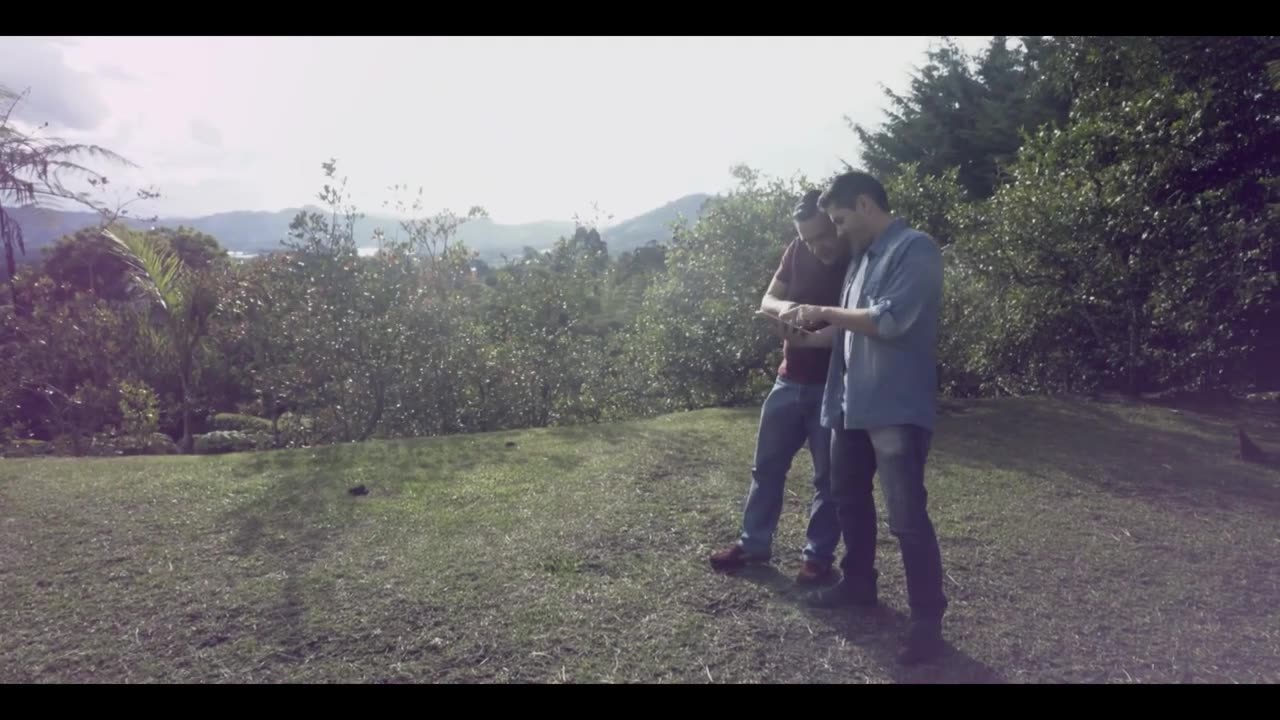Premium Only Content

How Naegleria Fowleri Eats Human Brain? (Silent Killer)
#naegleriafowleri #naegleria
Naegleria, also known as brain-eating amoeba, is a type of parasite that enters our brain and starts consuming our brain cells.
After entering the brain, the chances of a person surviving are very low. In the United States, out of 157 reported cases of Naegleria infection, only 4 patients have survived. Based on this data, the death rate of Naegleria infection is estimated to be 97%.
Now, let's see why and how Naegleria infection occurs. Naegleria is a free-living amoeba that mostly resides in warm freshwater environments, such as rivers, ponds, and water tanks.
When we swim or perform ablution (wudu) in such water, the amoeba can enter our nasal passage. Inside our nose, we have olfactory nerves that provide us with the sense of smell. The amoeba uses these nerves to enter the brain and cause an infection, known as Primary Amebic Meningoencephalitis (PAM).
Symptoms of Naegleria infection include headaches, fever, and vomiting. As the amoeba continues to damage brain cells, the symptoms worsen, and the infected person experiences stiffness in the neck, becomes sensitive to light, and eventually falls into a coma, where chances of survival are slim.
As of now, there is no specific treatment for Naegleria infection, and the amoeba is usually found in low quantities in water. However, it is advisable to avoid swimming in warm freshwater during the summer, as once the parasite enters the brain, survival becomes extremely difficult due to the lack of effective treatment.
To prevent Naegleria infection, avoid swimming in rivers and ponds and use chlorine or salt in water tanks for ablution. It's important to note that Naegleria does not enter the brain through drinking water, and it is not transmitted from one person to another.
Thank you.
#naegleriafowleri #naegleria
-
 1:13:40
1:13:40
vivafrei
3 hours agoFire This Police Chief! Mass Shooting in New York! Sean Feucht Smoke Bomb Suspect ON VIDEO & MORE!
89K41 -
 LIVE
LIVE
LFA TV
20 hours agoLFA TV ALL DAY STREAM - TUESDAY 7/29/25
1,491 watching -
 2:03:25
2:03:25
The Quartering
4 hours agoNYC Lunatic Update, Doxxing Website For Men OWNED, Walmart Stabber Update, 2 Men Buy Baby...
111K22 -
 2:48:20
2:48:20
Barry Cunningham
5 hours agoSYDNEY SWEENEY PROVES PRESIDENT TRUMP IS RIGHT! EVERYTHING WOKE TURNS TO....
37.9K8 -
 1:18:16
1:18:16
The HotSeat
2 hours ago💥 Chuck Schumer MELTS DOWN Over Voter ID! Are Democrats Really This Delusional?
15.9K14 -
 18:15
18:15
Clownfish TV
13 hours agoCartoon Network Just Got DROPPED!
14.3K12 -
 1:13:26
1:13:26
Russell Brand
5 hours agoShooting RAMPAGE In NYC + Trump HUMILIATES Starmer During UK Visit - SF622
174K54 -
 10:21
10:21
Colion Noir
8 hours agoCaught On Camera: Armed Veteran With AR-15 Shoots Man Who Fires Into Crowd With Drum Magazine
38.3K21 -
 20:37
20:37
Degenerate Jay
6 hours ago $0.46 earnedThe Fantastic Four: First Steps Review - Fantastic Or Failure?
17.3K2 -
 6:43:48
6:43:48
JuicyJohns
9 hours ago $3.38 earned🟢#1 REBIRTH PLAYER 10.2+ KD🟢 !loadout
71.4K2